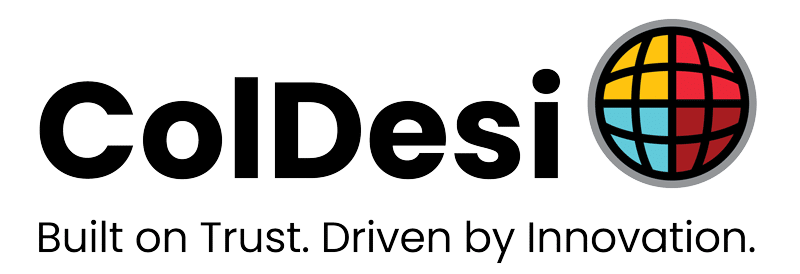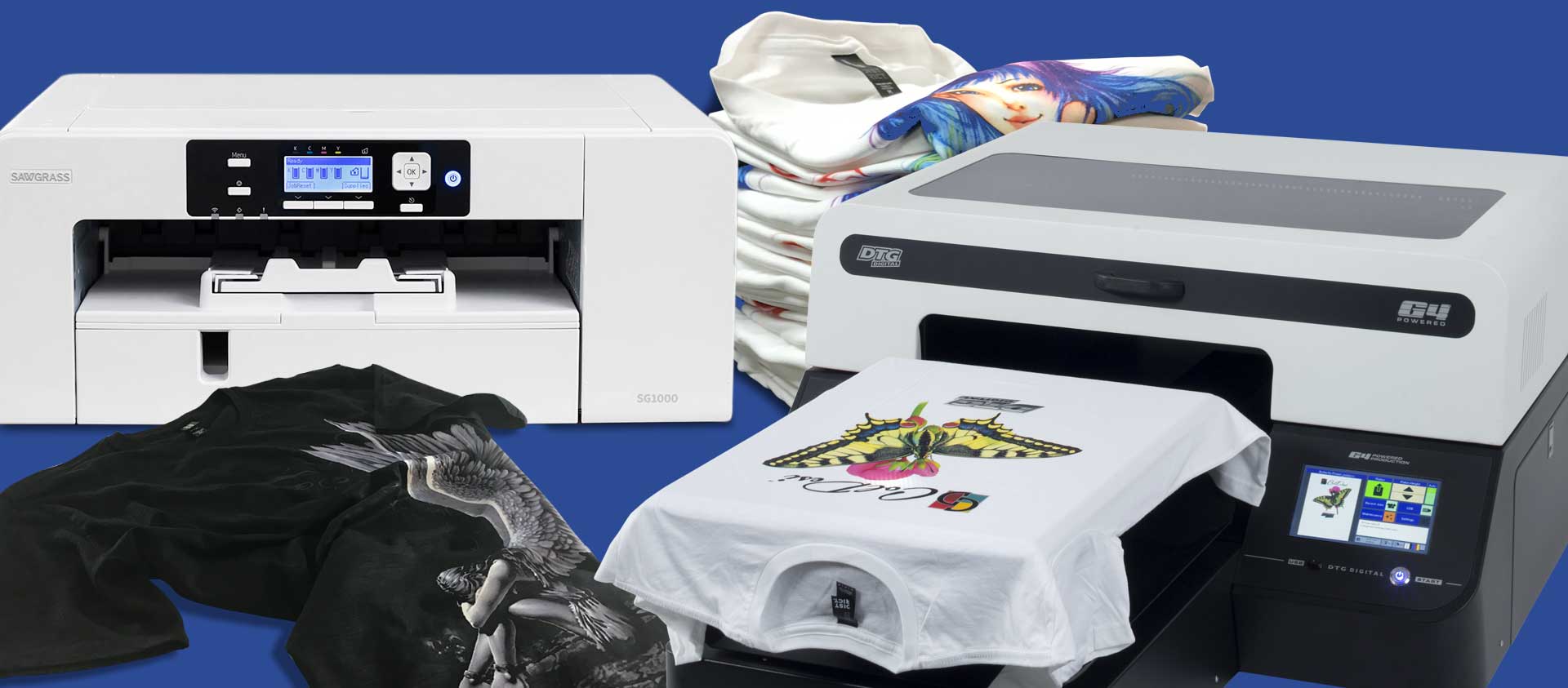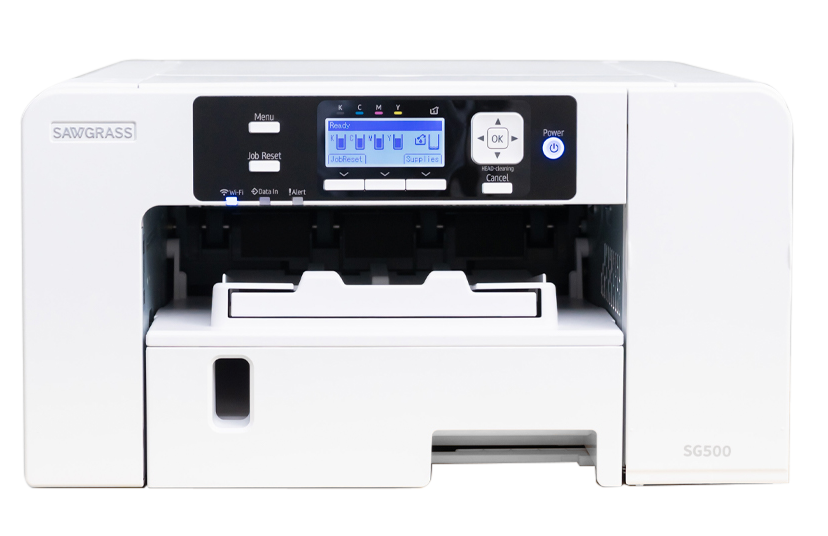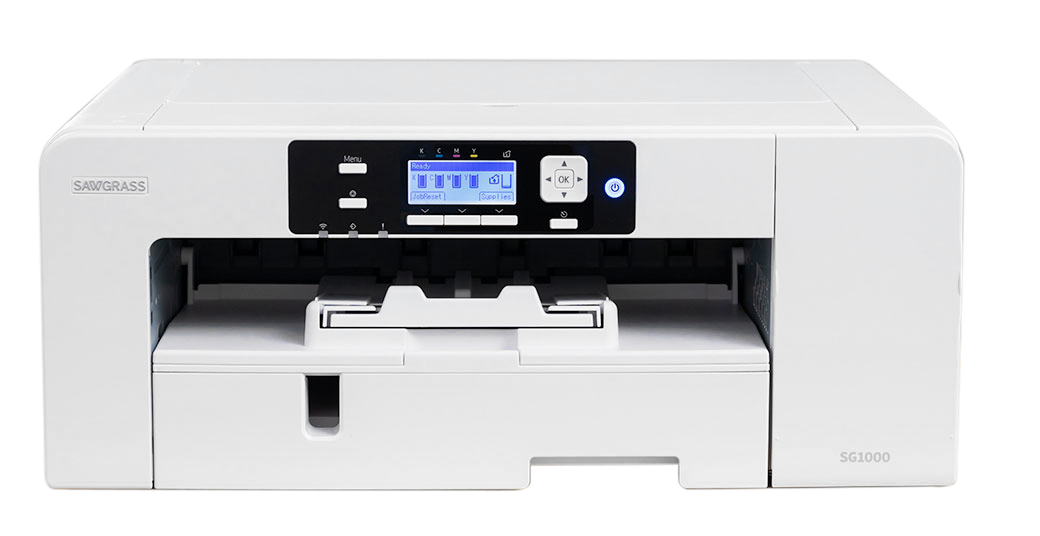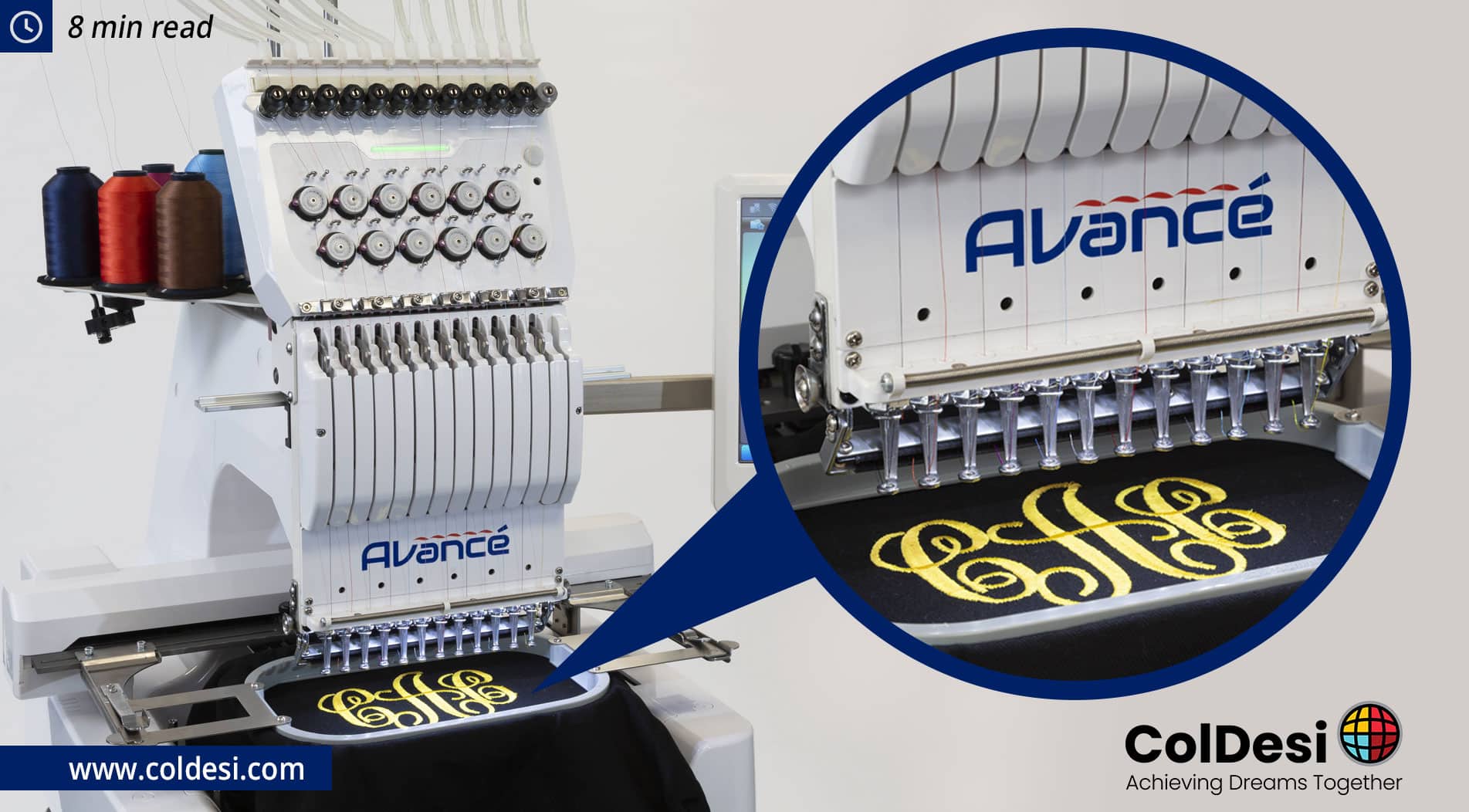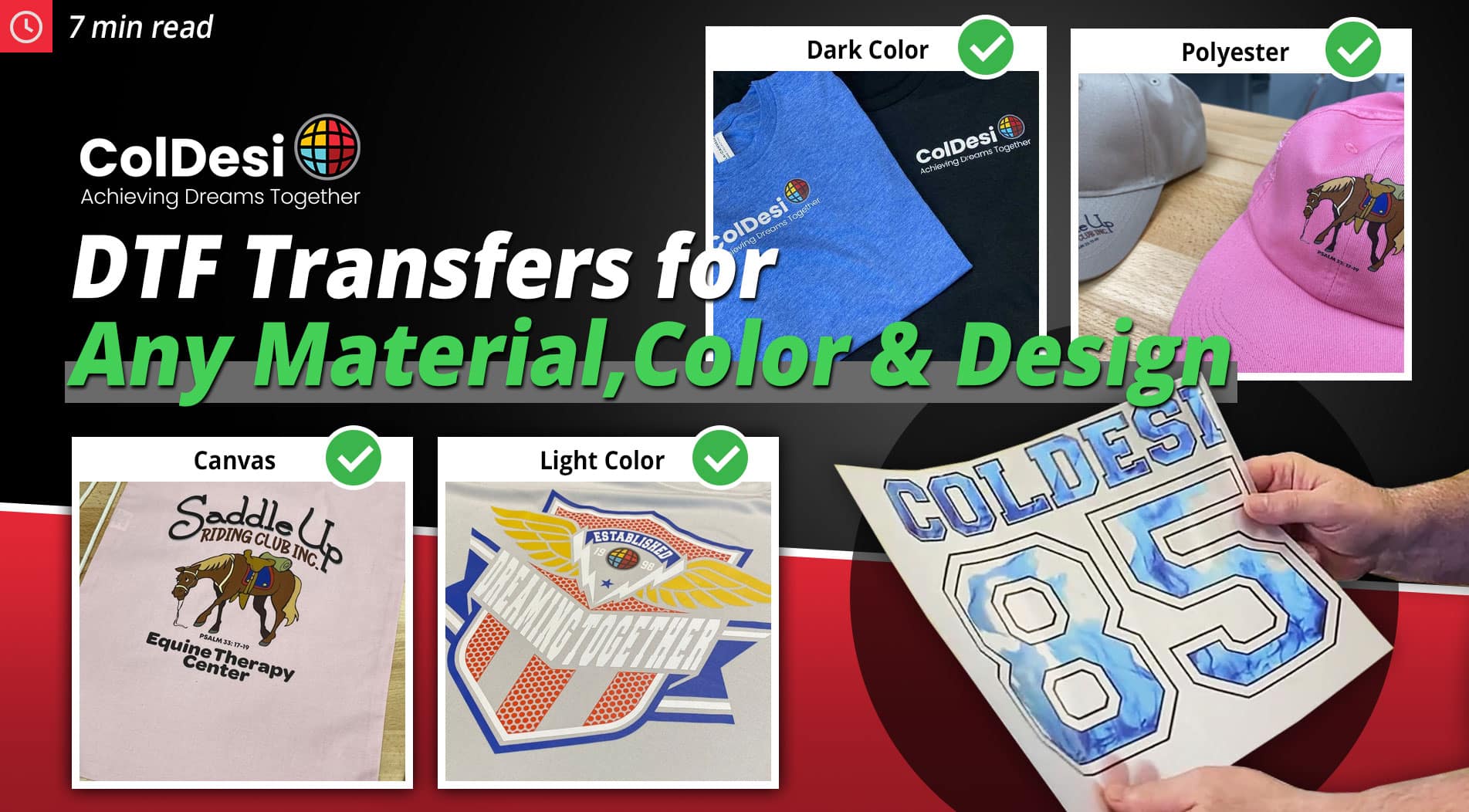There are a bunch of different ways to decorate or print on a t-shirt. But you don’t have to restrict yourself to JUST custom t-shirts – because any t-shirt printer will also let you customize a lot more clothing than that.
But the first thing that you probably want to know is HOW MUCH? So we’re going to compare, starting with the cheapest t-shirt clothing printers and getting more expensive.
Screen Printing Kits | Under $1,000 to $36,000
Screen printing, or silk screening, is probably the oldest of the t-shirt or clothing printers we’re going to talk about.
The upside is that that $1,000 version will make some great shirts. And you apply your screen printing to just about any kind of clothing.
The downside is that until you spend the bigger bucks it’s a very messy, slow manual process. And the supply and additional equipment list is extensive:
- Screen printing press – the equipment that actually applies the design to a shirt
- Printer and Film – you will need to make the “screens” yourself. Which means you create the design and print it onto a screen-printing film.
- Screens – these are frames with a screen in them.
- Emulsions
- Drying Racks – to keep the screens while the emulsion dries
- Exposure Unit – these are UV light stations that kind of develop the film with the design on it
- Washout Station - screens aren’t cheap so you’ll want to reuse them. So after you’re done printing clothing designs you’ll pressure wash the screens so you can do another design.
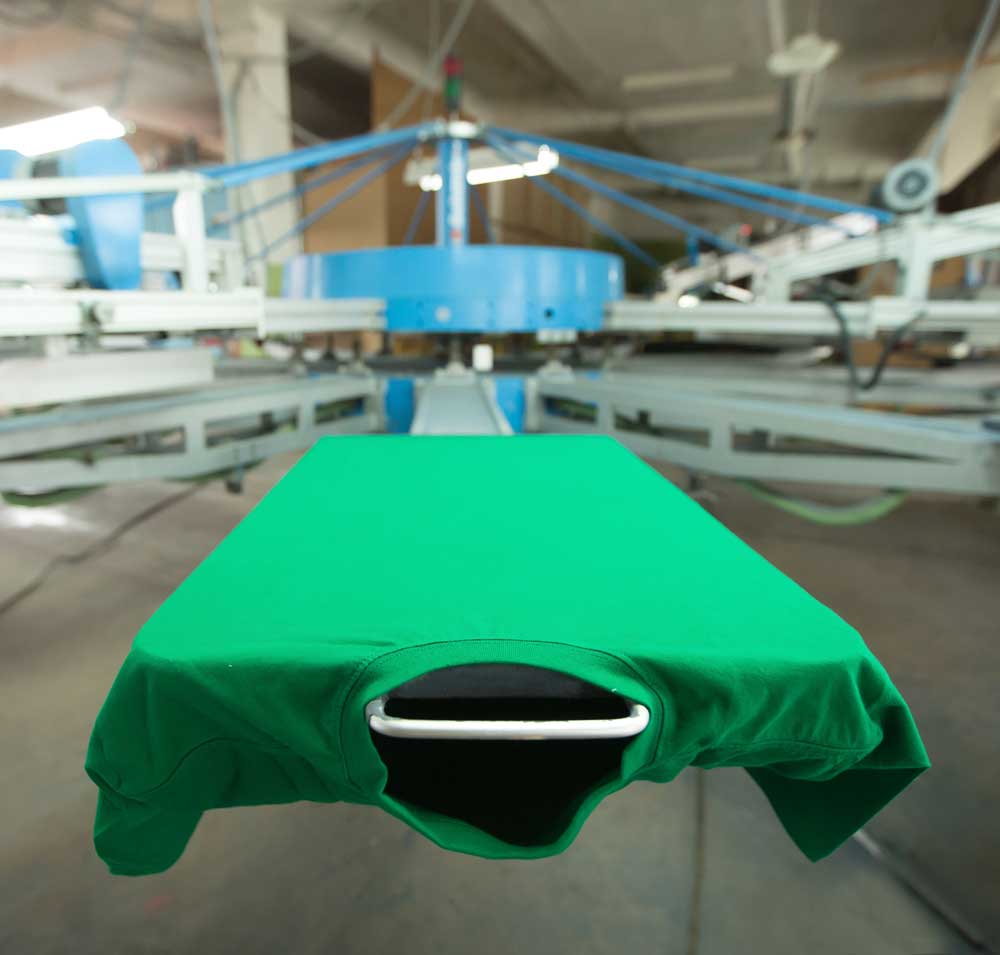
The difference in the price is in how efficiently you can do multiple colors on a single piece of clothing and whether the process is automated.
2 hidden cost to screen printing t-shirt printers are:
#1: TIME
There is a reason why screen-printing businesses have minimum orders of over 12 or even 36 or more. It’s because of all the effort that goes into preparing ONE screen. If you are making a 4-color design, you’ll have to prepare FOUR screens, dry 4 screens, clean 4 screens afterwards.
#2: SPACE
All that ancillary equipment that it takes to make a screen takes up space. And if you want to do multicolor prints and get one of the bigger set ups THAT takes a lot of space too. That space requirement and the mess of using buckets of ink are why you don’t see many in-home screen printing businesses.
Sublimation T-Shirt Clothing Printers | $200 to $5,500
It’s popular because it really is a cheap t-shirt printer when you start at $200!
Sublimation is very easy to use, is less expensive, and is just a much more convenient way to print on clothing.
The upsides to sublimation are pretty noticeable compared to screen printing, for example:
- Desktop Printers – sublimation printers are just PRINTERS. Just like a desktop printer you might have in your home or office. They just use a different kind of ink and paper. Super easy to use!
- Other Equipment? – Just a heat press. If you just want to make custom t-shirts then the only things you’ll need are the Printer and a Heat Press to apply the sublimation transfer onto the shirt.
- Amazing Prints – don’t let the price tag fool you, sublimation produces some of the best, brightest images!
Another big advantage to sublimation is that it wouldn’t just fit in this “comparing t-shirt clothing printers” article - it also belongs in “comparing promotional products printers”. Because if you’ve ever gotten a custom coffee mug, or a keychain with a photo on it was probably done with the same kind of printer.
While the $200 printer sounds attractive, most people starting a business go with either the Sawgrass Virtuoso SG500 for $599 or the Virtuoso SG1000 for $1549 (finances for about $45/month!).
Downsides to Sublimation as a T-Shirt Clothing Printer
#1: MATERIAL
It will only work on polyester shirts. You can think about the way dye sublimation works like it’s melting the color of the transfer into the shirt (not technically accurate, but the idea works here). Polyester is a synthetic material that will allow for that – cotton doesn’t melt, it burns or scorches, so no bonding can take place.
#2: COLOR
Your also limited to only WHITE or very light-colored polyester shirts. Since there’s no white colored sublimation ink you just cannot create a bright, vibrant image on a dark colored piece of clothing. If you wear t-shirt yourself you know that about 80% or more of all custom t-shirts are BLACK or a very dark color, and they’re also almost all cotton.
#3: PRINT SIZE
If you’re looking in the lower price ranges, the maximum print area is 8.5” X 14”. You can spend more to get larger prints, but if it’s that cheap price that attracts you then keep that in mind.
Professional Digital Garment Printers $18,000 - $250,000
Probably the most common professional grade t-shirt clothing printer is one of these digital garment printing machines.
When you go online to order a single custom t-shirt, or you upload your own image or picture to get put on a small number of shirts for friends and family, they are almost certainly printed on a digital garment printer. These are also called direct to garment or “DTG” printers too.
Digital garment printers are full color ink jet printers that use CMYK and White inks to create any color you want them to. Unlike screen printing there is no need worry about the number of colors in a design because it’s all taken care of in the software and with a combination of those 5 colors of ink. That’s why they’re the go-to printer for custom tshirt shops like Zazzle, Oooshirts and Café Press.
The difference in the price range of the DTG Printers is almost exclusively volume of shirts.
For example, if you were to set up a print on demand store using Amazon Merch or Shopify and just order your t-shirts pre-done, they’re almost certainly done on a digital clothing printer in the hundreds of thousands of dollars. Because they’re printing 1,000 + shirts per day.
But they might also be using multiple tabletop printers like the DTG G4, which also happens to be perfect for this start up t-shirt clothing printers.
The platen is drawn into the printer, then the ink is applied. Similar to a home inkjet printer drawing a piece of paper in before printing.
Tabletop Digital Clothing Printer DTG G4 $19,995*
The best parts about using a digital printer like this to decorate clothing is the quality of the image, and your ability to print on demand.
- Image Quality there’s nothing that looks better than a DTG print! And there are no real limits to the detail you can get with this high-resolution ink jet device. The colors are amazing too!
- Print Cost – you can print a FULL COLOR, large image on a white shirt for under $.50 in ink, and a dark shirt for under $1.50. With ink jet, you only use the ink that’s required to print that specific image.
- Feel – DTG produces what is probably the softest touch possible. Every shirt feels great to wear.
- Speed – Print on demand isn’t just a buzzword. You can go from a customer sending you a photo to a completed t-shirt in just a few minutes.
- Profits – Most people charge $20-$25 for a digital garment printed shirt. Cost of that shirt including the shirt itself and the ink is usually around $7. So that’s $13-$18 per shirt in your pocket.
There are a few steps to this printing process, but they go by very quickly allowing you to easily print 20 or 30 shirts per hour.
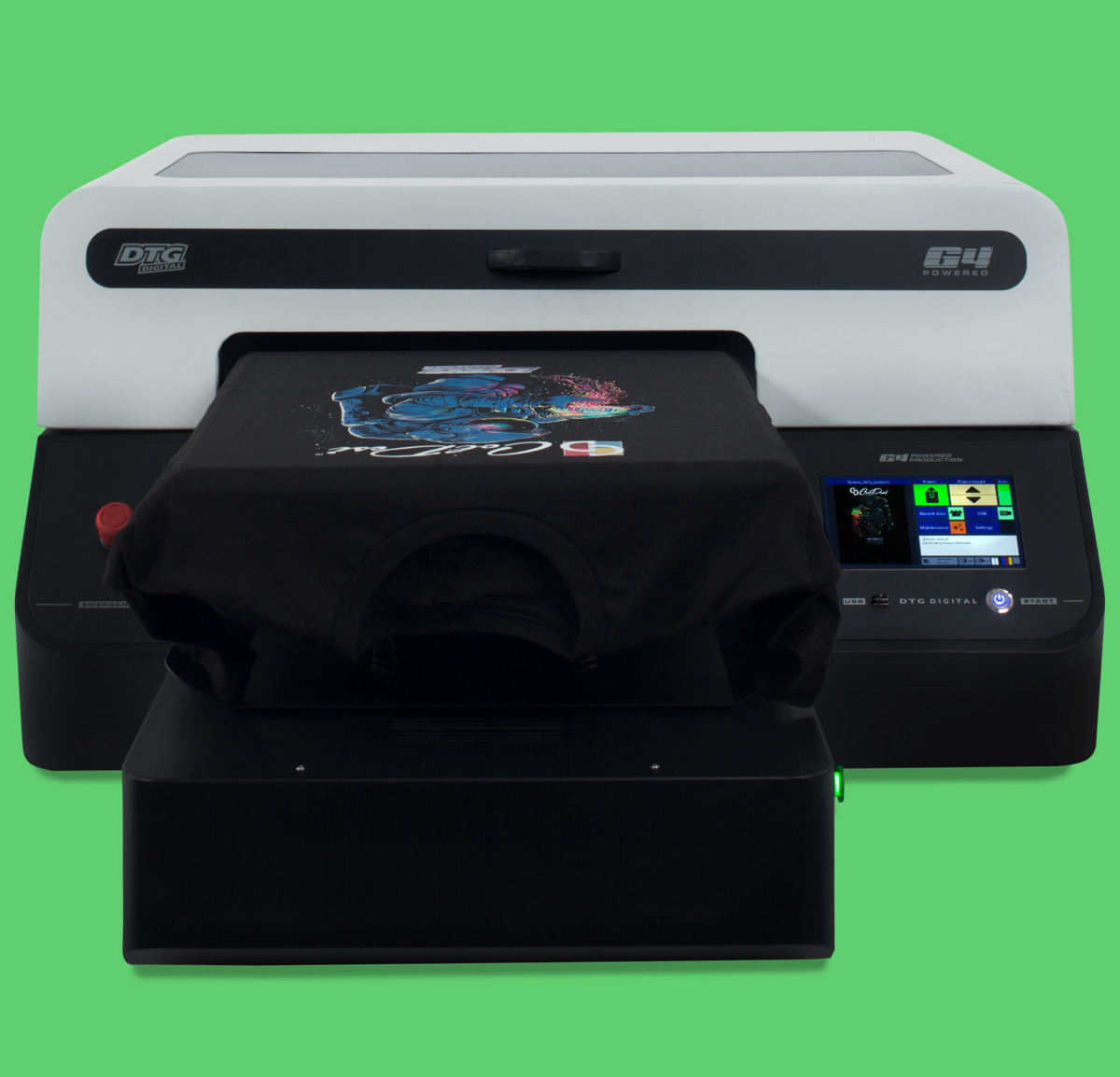
About Printing Clothing with DTG
You’re always going to start with the artwork or the image that you or your customer want to print. And the G4 DTG Printer comes with a RIP Pro software that’s designed to optimize that image for digital printing.
You’ll also want to invest in a Pretreatment Machine. Every shirt you print with DTG requires you to prepare if for printing with some kind of spray. Think about it like you’re applying a primer to a wall to prepare it for painting. It helps the image to bond with the fibers of the shirt better.
Lastly, you’ll need a heat press to “cure” the shirt.
Here’s a demonstration of how that works:
Limitations of Digital Garment Printing
You can really only print on 100% cotton clothing. So this limitation is the opposite of the one for sublimation printing. Luckily, the vast majority of t-shirts purchase are dark colored, usually black, and made of cotton.
There are actually a few more technologies we didn’t compare here, but these 3 make up a big percentage of the T-shirt and clothing printer marketplace.
As you can tell, every one of these has it’s pros and cons, but here are some easy conclusions to come to:
If you want to do very large orders only, or produce thousands of shirts from a brand, you will want to invest in either a large screen printing system or one of the high output digital garment printers. Possible both, or one of the new hybrid screen printing and digital technologies now emerging.
For most people that want to start a small business, the best choice is probably another combination – a small sublimation printer and a digital garment machine like the G4 DTG.
